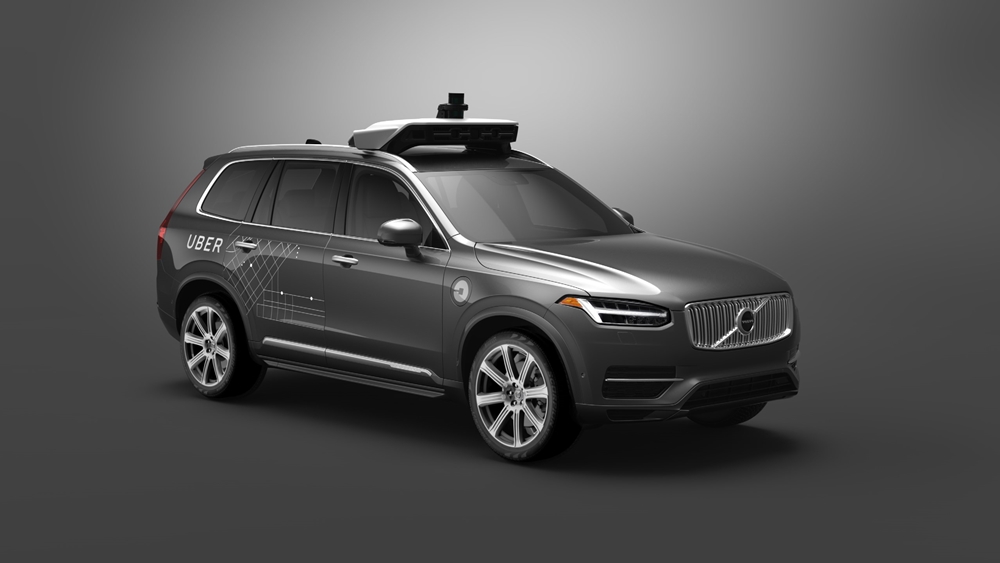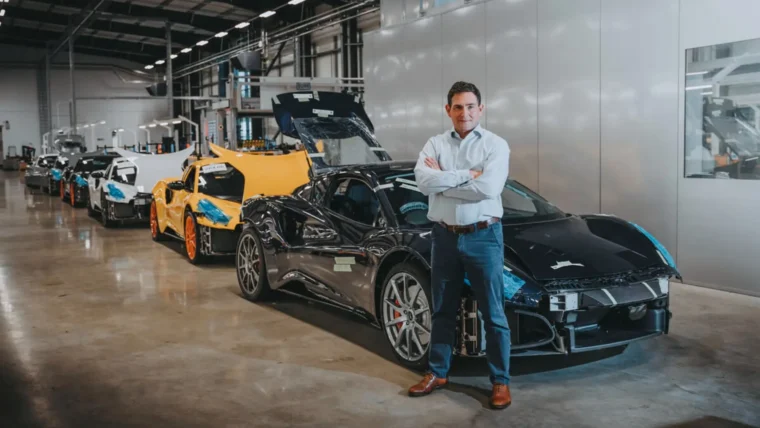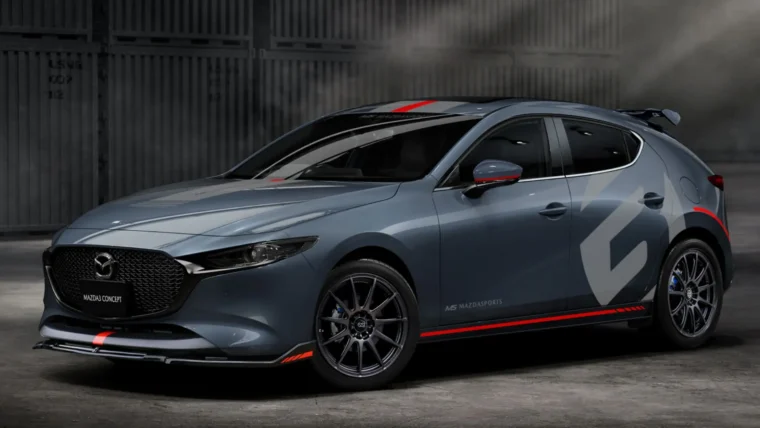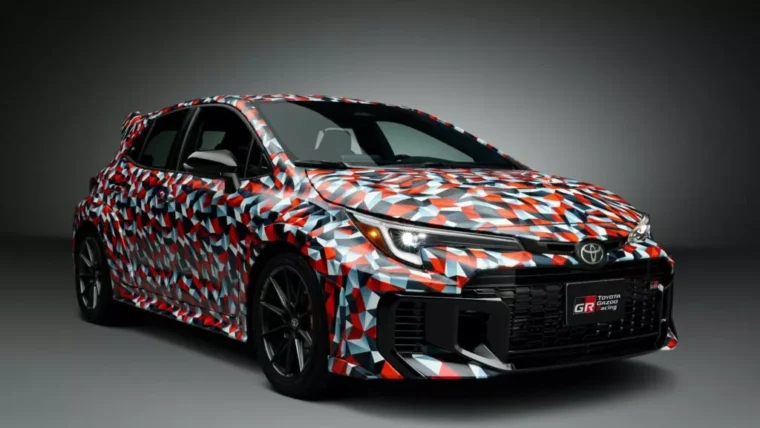In the accident where an Uber self-driving car killed a woman who was crossing the road with her bicycle a couple of months back, the National Transport Safety Board has released a preliminary report. The report summarised that the vehicle’s sensors had indeed detected the object, in this case, it was Elaine Herzberg who was walking her bike across the road.
The sensors detected it 6 seconds before the crashed which would have given the car ample time to be able to perform an emergency brake in order to prevent the collision. Here is an excerpt from the report.
At 1.3 seconds before impact, the self-driving system determined that an emergency braking maneuver was needed to mitigate a collision. According to Uber, emergency braking maneuvers are not enabled while the vehicle is under computer control, to reduce the potential for erratic vehicle behavior. The vehicle operator is relied on to intervene and take action. The system is not designed to alert the operator.
This explains why the test driver behind the wheel wasn’t aware of the crash until it occurred or was too late. Uber had turned off Volvo’s auto-braking system as well as it didn’t want two different sorts of technologies clashing with each other.
The crash has brought a lot of attention to the whole self-driving car space where many touts that this new technology was meant to reduce vehicular fatalities. It is still new and requires many more real-world testing but testing has to be tempered with real-world safety checks to ensure that when a computer doesn’t perform as it should, then there are enough fail-safes to prevent that.
Other posts by Mark Leo







